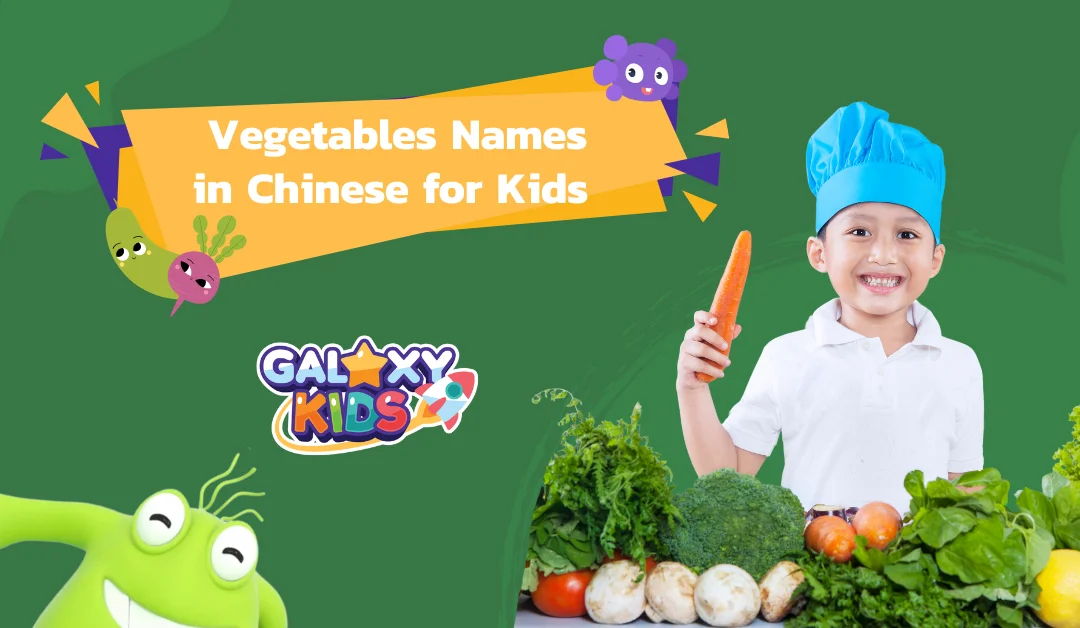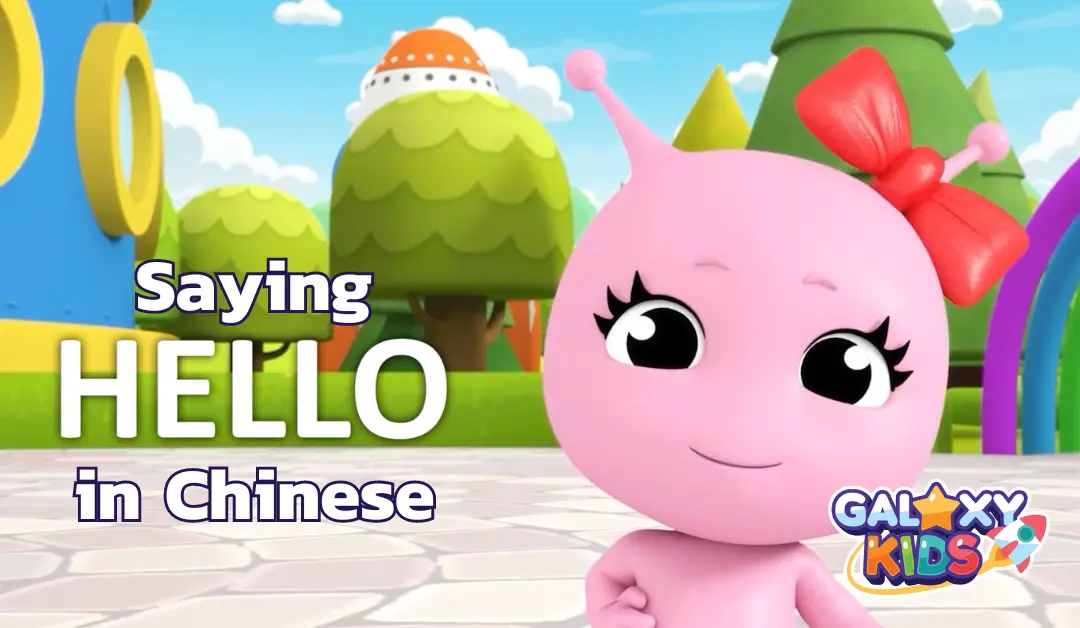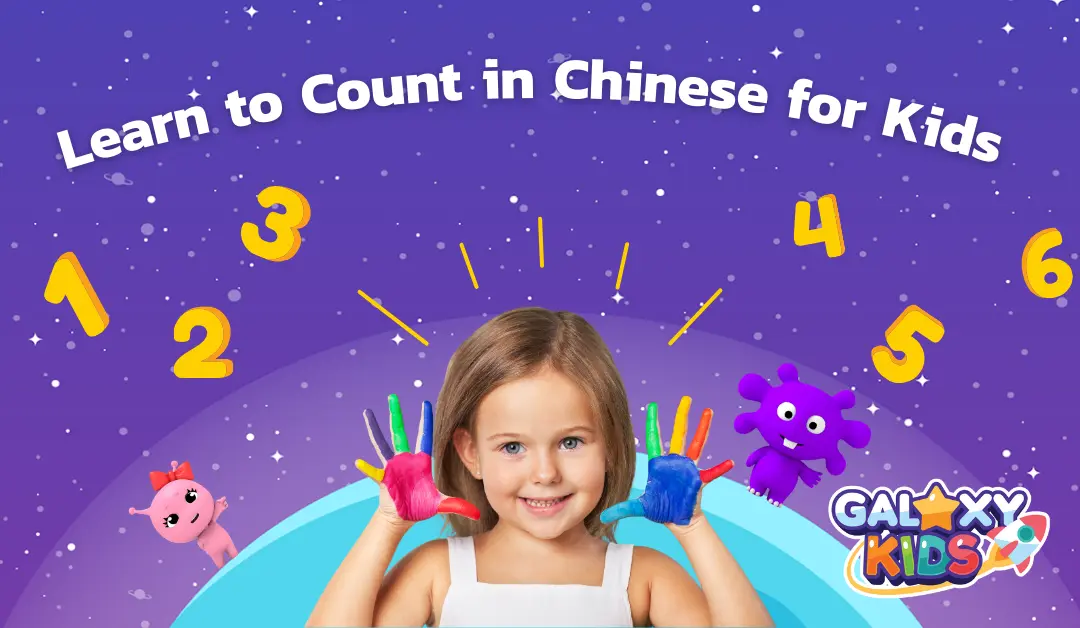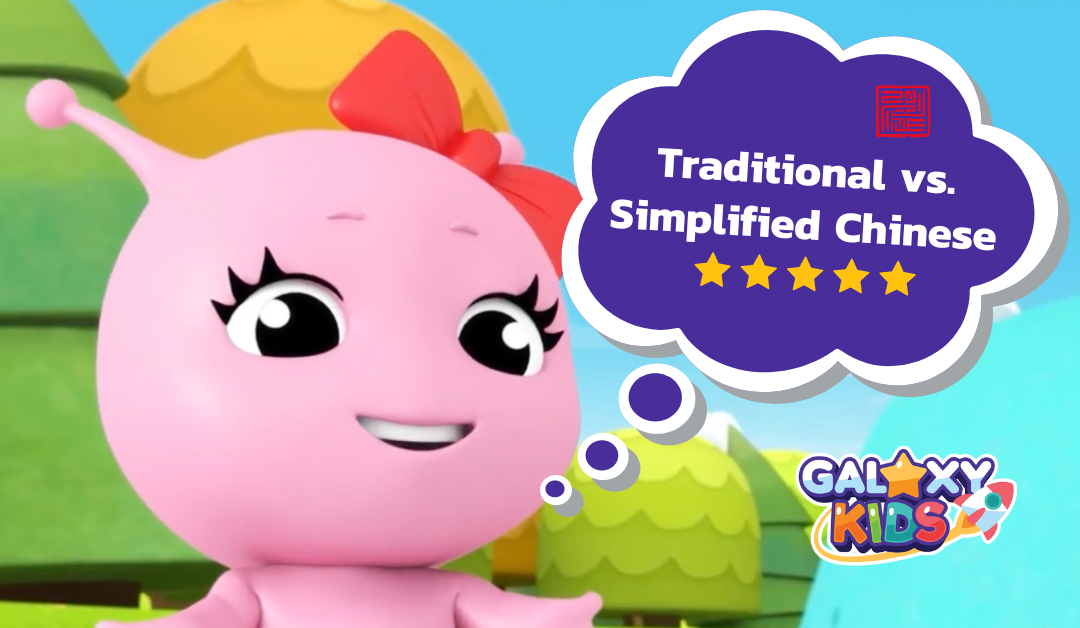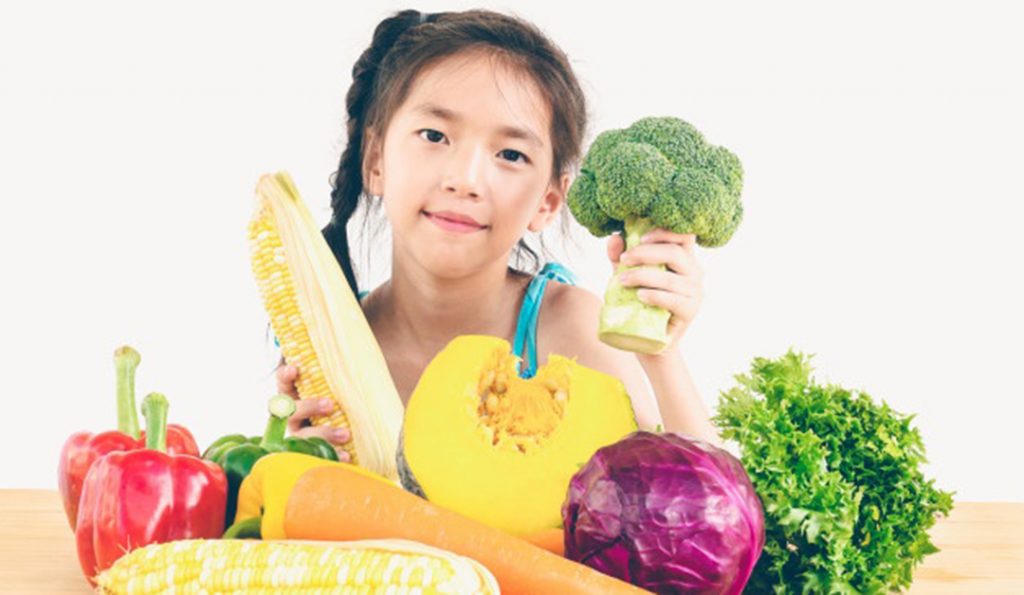
Food is a great way to teach children how to speak Chinese because there are so many fun activities you can do. You can use real vegetables to help your child practice the Chinese words and even do a matching activity where your child hears the Chinese word and then tries to find the right vegetable.
Another fun activity is vegetable stamping with washable paint. Get some large sheets of butcher paper, paint, and cut up different vegetables for your child to dip into the paint and stamp the paper with. They can say the Chinese words for the vegetables they are painting with, and even draw their own vegetables on the paper using their hands or the veggie stamps.
You can also make a salad, stir fry, or vegetable soup with your child using words that they are learning in Chinese. As your child is helping you cook, they can listen to the audio below and repeat the Chinese word. Remember to encourage your child and praise them every time they repeat. They don’t have to speak perfectly yet, the main thing is that they are getting used to listening and speaking Chinese confidently and in a fun and engaging way.
It is recommended that you start with 3-5 of your child’s favorite vegetables and practice those first. Once your child knows the Chinese words for their favorite vegetables, they can expand to more vegetables, learning 3-5 words at a time at their own pace.
Remember that repetition is key when learning Chinese. Your child can review this free Chinese learning activity as many times as they need to. It is helpful if you repeat the Chinese words along with your child to help model what to do and to show your child that learning Chinese is fun and easy! Enjoy!

asparagus, 芦笋 (lú sǔn)

basil, 罗勒 (luó lè)

bell pepper, 灯笼椒 (dēng lóng jiāo)
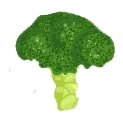
broccoli, 西兰花 (xī lán huā)

cabbage, 卷心菜 (juǎn xīn cài)

carrot, 萝卜(luó bo)
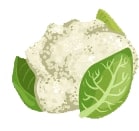
cauliflower, 菜花 (cài huā)

chili, 辣椒 (là jiāo)

coriander, 香菜 (xiāng cài)

corn, 玉米 (yù mǐ)
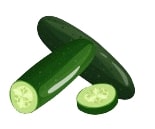
cucumber, 黄瓜 (huáng guā)
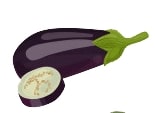
eggplant, 茄子 (qié zi)

garlic, 蒜 (suàn)

ginger, 姜 (jiāng)

lettuce, 生菜 (shēng cài)

mushroom, 蘑菇 (mó gū)
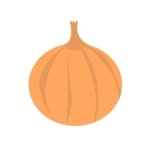
onion, 洋葱 (yáng cōng)

peas, 豌豆 (wān dòu)

potato, 土豆 (tǔ dòu)

pumpkin, 南瓜 (nán guā)

radish, 萝卜 (luó bo)

spinach, 菠菜 (bō cài)

yam, 薯 (shǔ)


